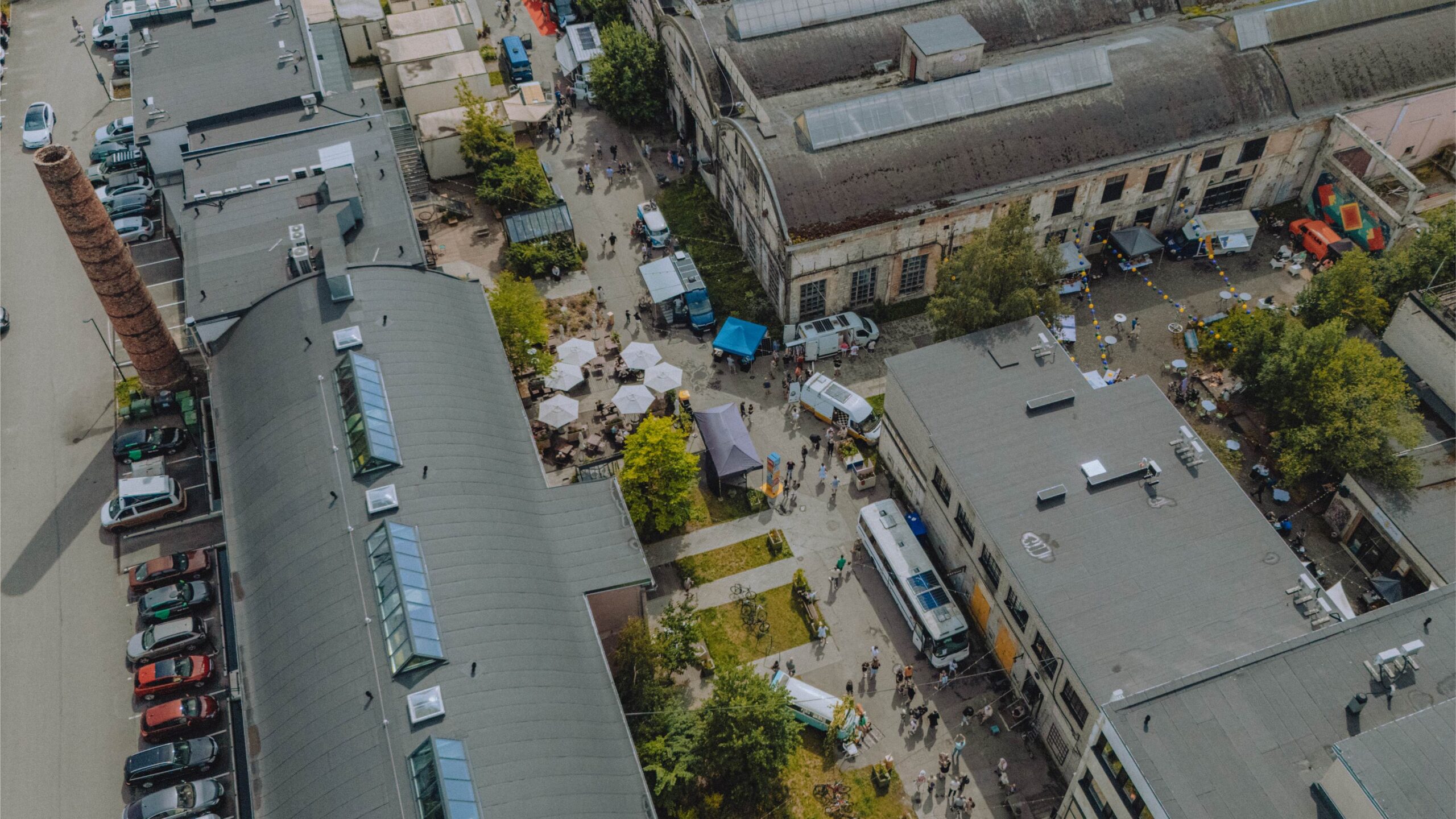I am inspired when I think of our ancestors and their ability to keep the Estonian language active through difficult experiences of Estonia’s history. Here in Toronto, families may not be speaking Estonian fluently at home all the time. Language can often be looked at as “all or nothing” — either you’re fluent or you don’t speak at all. This idea could be hindering our children from connecting to their Estonian heritage, and potentially losing the cornerstone of our Canadian-Estonian culture.
Benefits of Bilingualism
Research has found many benefits in children that learn a second language, especially in early childhood. The benefit I find particularly interesting (probably because I am a therapist) is children raised with at least two languages have a greater social understanding. In 2013, Learning Landscapes Journal showed how when compared to monolingual children, bilingual children displayed more empathy and showed a greater ability to understand different perspectives, thoughts, intentions, and tone of voice.
From a brain development perspective, children raised with two or more languages showed a boost in cognitive ability compared to monolingual children. They were able to switch activities, plan, concentrate, multitask, and problem-solve a little more quickly. Do not let this information be discouraging if you or your child is monolingual. These skills can be developed and sharpened in many ways and life experiences.
Sharing Language at Home
As a parent, the thought of adding another task into your family’s day may feel overwhelming. Finding time to build in day-to-day learning can be difficult as you balance work, household tasks, self-care, and quality time with loved ones.
Bilingualism does not have to be the goal when promoting Estonian language development for your child. Instead, the aim is to provide your child with as many opportunities to hear or speak Estonian as possible. This can be done in a variety of ways and by creatively incorporating the resources you have available. Here are a few of my favourite ideas:
- Ask Estonian-speaking family members to practice everyday words and phrases with your child.
- Esto-playdates!
- Listen to Estonian music or children's songs online.
- Read Estonian children’s books.
- Buy English “my first words” flashcards and replace the text with the Estonian translation.
- Register your child for local programs, such as the Toronto Estonian School Lasteaed, a choir, or camp.
- Attend local community events with your child, such as an Estonian Music Week concert.
Final Thoughts
You may be concerned or told that learning a second language too early may cause confusion or put your child at a disadvantage. However, children can begin learning multiple languages very early on, even before birth. A child begins auditory processing and language acquisition at around 30 weeks in utero!
That being said, if you are parenting an older child or you have a desire to learn Estonian, it is not too late. For me, I see parenting as an opportunity to learn with my child and share a bonding experience together. Connecting to our culture and heritage is a lifelong process and a unique journey for each individual and family. Again, the goal does not have to be bilingualism (or even close!) but to have fun and try something new.




